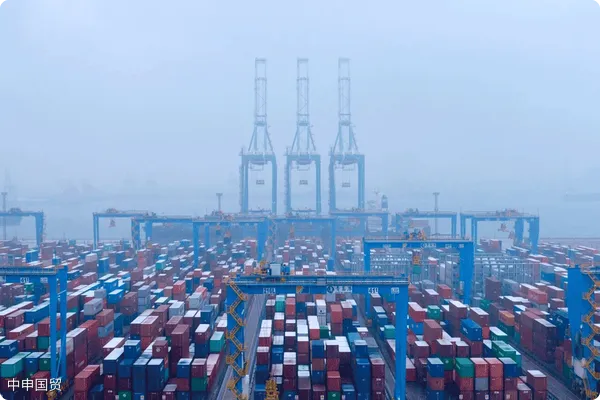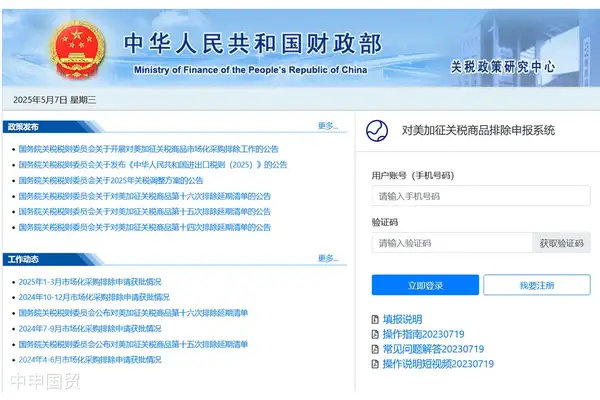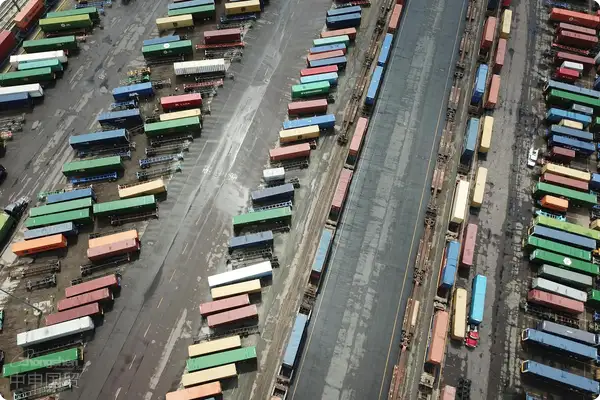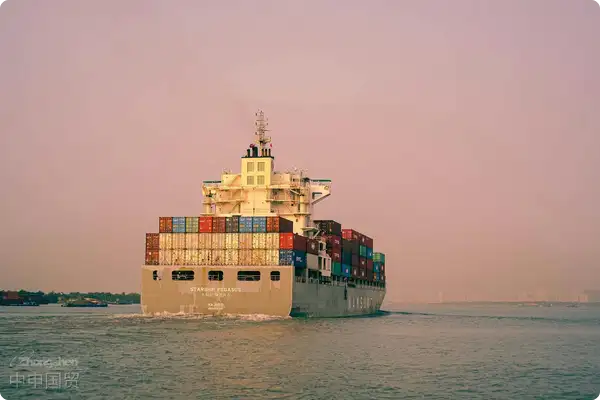- Shanghai Zhongshen International Trade Co., Ltd. - Two decades of trade agency expertise.
- Service Hotline: 139 1787 2118
Urgent Demand: Red Sea Crisis and High Freight Costs
Due to the Red Sea crisis causing tight shipping capacity and rising freight rates, the peak season at U.S. West Coast ports arrived earlier than usual. Matt Priest, president of the Footwear Distributors and Retailers of America, pointed out that current freight rates are higher than they were more than two years ago. He explained that although some new tariffs from the Biden administration wont directly affect the footwear industry, to get products in before the August 1 tariff implementation, shipping capacity has already begun to tighten.
Tariff Uncertainties and Early Stockpiling
Priest added that whether former U.S. President Donald Trump wins the November election is another reason importers are stockpiling early. Trump’s campaign has proposed higher tariffs, prompting many FDRA members to consider shipping goods to the U.S. before potential hikes.
Gene Seroka, executive director of the Port of Los Angeles, responded to questions about global shipping route turbulence and tariff uncertainty during a briefing: If Trump wins and imposes a general 10% tariff on imports and a 60% tariff on Chinese imports, this could change the landscape and future of the Port of Los Angeles. He added that since Trump first imposed tariffs in 2018, the Port of Los Angeles has remained quite flexible and has been actively securing cargo.
Election Impacts Import Decisions
Roger, a California-based professional in U.S. shipping routes, stated that the U.S. election is currently a key factor in importers inventory replenishment. If Trump is elected, he may impose additional tariffs on Chinese goods—though not necessarily reaching 60%, the likelihood of an increase is high. Additional tariffs would directly impact U.S. retail prices, especially under current high inflation, and rash tariff hikes could lead to retail price increases. Therefore, importers may stock up early to prepare for potential tariff changes, Roger explained.
Strong Growth in U.S. West Coast Trade Volume

In the first half of 2024, U.S. West Coast ports saw strong trade growth. Data from the Port of Los Angeles shows it handled 4.7 million twenty-foot equivalent units (TEUs), up 14.4% year-on-year.
Seroka noted that declining inflation, rising wages, and a strong job market have stimulated consumer spending, leading to stable cargo volumes. I believe that as the third quarter approaches, we will see this pattern continue.
The neighboring Port of Long Beach also set a new record for total throughput in June, with inbound container volume reaching its highest level since mid-2022. In the first half of 2024, the Port of Long Beachs total container volume increased by 15% year-on-year. Mario Cordero, CEO of the Port of Long Beach, said, We are regaining market share, and with the arrival of the shipping peak season, consumer spending is driving cargo to our terminals. I expect moderate growth in the second half of 2024.
Context of the Early Peak Season
Traditionally not peak season before September, the West Coast has seen an early arrival of peak season this year due to concerns about additional U.S. tariffs on Chinese goods and the impact of dockworker strikes at East Coast and Gulf Coast ports. On May 14, the U.S. released the four-year review results of Section 301 tariffs on China, announcing increased tariffs on Chinese imports including electric vehicles, lithium batteries,photovoltaicbatteries, critical minerals, semiconductors, as well as steel, aluminum, port cranes, personal protective equipment and other products. The new tariffs will take effect on August 1.
In response to the U.S. release of the four-year review results of Section 301 tariffs on China, a spokesperson for Chinas Ministry of Commerce stated that China firmly opposes and has lodged solemn representations. The spokesperson said the U.S. is abusing the Section 301 tariff review process for domestic political considerations, politicizing and instrumentalizing economic and trade issues, which is typical political manipulation. China expresses strong dissatisfaction. The WTO has long ruled that Section 301 tariffs violate WTO rules, but instead of correcting them, the U.S. persists in its course.
Tariff Concerns Loom Over Europe
Currently, importers are also concerned about the tariff plan proposed by Trump. In a recent interview, Trump stated he would impose a blanket 10% tariff on goods imported from other countries, complaining that foreign nations arent buying enough American products. He specifically mentioned Europe, believing its reluctance to import U.S. cars and agricultural products is the main reason for the over $200 billion trade deficit between the two sides.
During a campaign speech in March this year, Trump even suggested imposing 100% tariffs on every imported car. Although he didnt specify the targets, this has drawn widespread market attention. Cui Hongjian, Director of the EU and Regional Development Research Center at Beijing Foreign Studies University, believes Europe may adopt a bargaining strategy, proposing a comprehensive plan to mitigate the tariff impact while potentially redirecting the conflict toward China as a shield against Trumps tariff hikes.
Related Recommendations
? 2025. All Rights Reserved. Shanghai ICP No. 2023007705-2  PSB Record: Shanghai No.31011502009912
PSB Record: Shanghai No.31011502009912










